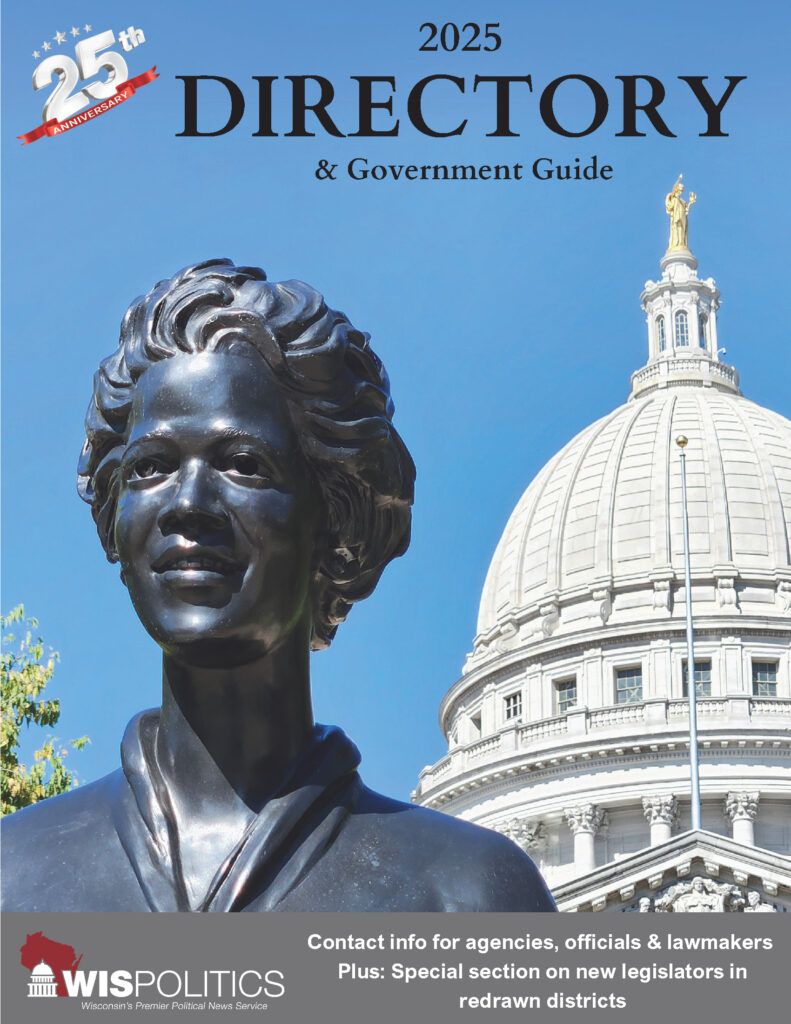MADISON, Wis. – As temperatures begin to drop and winter approaches, now is the time to be prepared for the upcoming season. To help Wisconsin plan for the months ahead, Winter Weather Awareness Week in the state is Nov. 17-21.
“Here in Wisconsin, we know how quickly conditions can change from fall to winter,” said Wisconsin Emergency Management Administrator Greg Engle. “Being prepared doesn’t have to be complicated, but it does take a little time and planning. That effort can make all the difference for you and your loved ones.”
Winter storms and dangerously cold temperatures can pose real dangers if people are not ready for their impacts. Make sure to check in with the National Weather Service and other trusted local sources daily for forecasts to inform you of potential inclement weather.
The freezing temperatures of the winter months can be dangerous for many people, leading to cold-related illnesses and injuries such as hypothermia and frostbite. There were 96 cold-related deaths in the state during the winter months of 2024-25, according to preliminary data from the Wisconsin Department of Health Services. EMS responded to 1,381 calls, there were 1,433 emergency department visits, and 400 hospitalizations in the state due to cold-related illnesses last winter.
“As soon as colder weather arrives, we begin to see more emergency room visits due to hypothermia, frostbite, cold exposure, and other cold related illnesses and injuries,” said Paula Tran, State Health Officer. “To prepare for winter weather, Wisconsin residents should ensure they have an emergency kit and supplies, like non-perishable food and water, ready before the weather happens. If you need assistance to prepare for winter weather due to housing challenges, please call 211.”
- Stay aware of weather forecasts and stock a home emergency kit. Your home kit should include items such as food and water, cell phone and charger, flashlight and batteries, first aid kit, important medications, a weather radio, and a change of clothes. Visit https://www.dhs.wisconsin.gov/climate/winter-weather.htm for more items and tips.
- Dress in layers. If you have to venture out, dress in several loose-fitting layers. Wear a hat, mittens, and snow boots. Use a scarf to cover your mouth and face.
- Winterize your car. Just as you have a home emergency kit, you need one for your car too. Pack items such as blankets, snacks and water, a shovel, jumper cables, and sand. Visit readywisconsin.wi.gov/make-a-kit for more items and tips. Keep your gas tank at least half-full.
Ice and snow on the roads remain a major threat to drivers throughout the state, causing thousands of motor vehicle crashes each year. Preliminary data from the Wisconsin Department of Transportation shows 31 people were killed and 2,054 were injured in the state from October 2024 to May 2025 from crashes involving winter road conditions.
“Winter weather can quickly create dangerous road conditions, making it even more important for drivers to be alert and drive with caution in the months ahead,” said Wisconsin State Patrol Superintendent Tim Carnahan. “It’s always best to stay off the roads in hazardous weather, but if you must travel, please check 511 for current road conditions, slow down, keep your eyes on the road, and be sure you have a fully stocked emergency kit in your vehicle.
The Wisconsin Department of Transportation and Division of the Wisconsin State Patrol encourage travelers to “know before you go” and check winter road conditions with 511 Wisconsin via 511wi.gov or the 511 Wisconsin app. Prepare ahead of time for winter travel by stocking your emergency kit and checking the tires and overall condition of your vehicle. The Wisconsin DMV also advises travelers to consider adding an emergency contact to their DMV record.
Motorists are reminded that speed limits are based on clear, dry conditions. During winter, slippery roads often require drivers to reduce their speeds and adjust to the conditions. This is especially important near snowplows that travel much slower than the speed limit and create clouds of snow that can obscure a driver’s visibility. Always stay back at least 200 feet from a working snowplow.
Prepare your home by having your furnace serviced regularly. Check doorways and windows for signs they are allowing cold air into your home. Test carbon monoxide detectors to make sure they are working properly and have fresh batteries. Keep any free-standing heating devices away from curtains or other objects that could catch fire.
About ReadyWisconsin
ReadyWisconsin is a public service campaign of Wisconsin Emergency Management, a division of the Wisconsin Department of Military Affairs. In alignment with the U.S. Department of Homeland Security’s national Ready campaign, ReadyWisconsin aims to educate and empower Wisconsinites to prepare for and respond to both natural and human-made emergencies, while engaging the public and boosting basic preparedness statewide. For more emergency preparedness resources, head to readywisconsin.wi.gov or follow ReadyWisconsin on Facebook, X, and Instagram for tips delivered straight to your feed.



